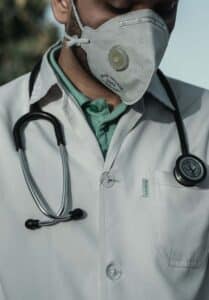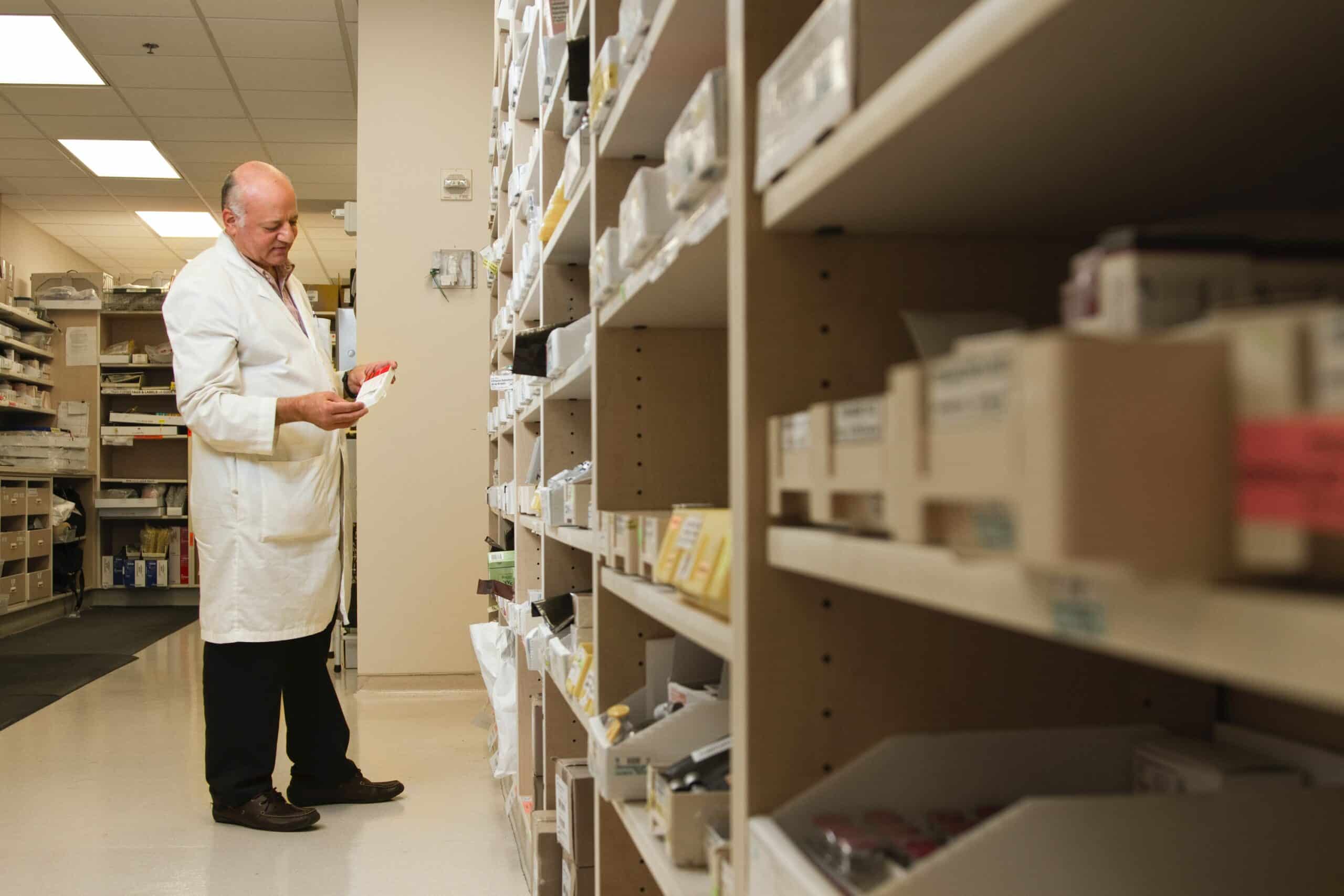The misuse of prescription drugs is a serious and growing health issue in the United States. From opioids to tranquilizers, the abuse of these medications has caused untold harm and economic devastation in many communities—yet few truly understand how it can happen. We must take a comprehensive approach to understand how people end up addicted to their prescriptions.
We’ll explore what drives individuals toward prescription drug use or excess dependence on medications, as well as ways we can prevent our loved ones from becoming victims of such destructive practices. We will also discuss why physicians are held accountable for proper prescribing habits and how medical treatment should be managed whenever possible.
Finally, together with experts in the field – such as researchers and doctors – we will draw conclusions on best practices that could help reduce unnecessary reliance on these dangerous substances ― which could ultimately save countless lives here at home and abroad.
Defining Prescription Drug Abuse and Its Impact on Society
Prescription drug abuse refers to the use of prescription medication in a way not intended by the prescribing physician. This can include taking medication without a prescription, taking more than the prescribed dose, or using medication for non-medical purposes.
The impact of prescription drug abuse on society is significant, with increased rates of addiction, hospitalization, and overdose deaths. It is important for healthcare professionals, law enforcement, and the general public to be aware of the harmful effects of prescription drug abuse and work to prevent its spread.
The Most Commonly Abused Prescription Drugs
Among the most commonly abused prescription drugs are:
Opioids

Opioids are a class of drugs that includes heroin and prescription painkillers such as oxycodone, hydrocodone, and fentanyl. Opioids are highly addictive and can cause a number of serious health problems, including overdose and death. Symptoms of opioid abuse include constipation, sedation, and respiratory depression.
Stimulants
Stimulants are a class of drugs that includes amphetamines and cocaine. Stimulants increase alertness, attention, and energy levels. However, they can also cause anxiety, paranoia, and cardiovascular problems. Symptoms of stimulant abuse include insomnia, irritability, and aggression.
Depressants
Depressants are a class of drugs that includes alcohol and benzodiazepines such as Xanax and Valium. Depressants slow down the central nervous system and can cause drowsiness and impaired coordination. They can also be addictive and cause withdrawal symptoms when abused. Symptoms of depressant abuse include slurred speech, impaired motor skills, and memory problems.
Hallucinogens
Hallucinogens are a class of drugs that includes LSD and mushrooms. Hallucinogens alter perception and can cause hallucinations. They can also be dangerous when mixed with other drugs or alcohol. Symptoms of hallucinogen abuse include paranoia, anxiety, and delusions
While prescription drug abuse can have serious consequences, including addiction, overdose, and death, there are treatment options available for those who are struggling with addiction. Seeking help is the first step in overcoming this growing problem.
The Factors That Lead to Prescription Drug Addiction
Prescription drug addiction is a growing concern in today’s society. The factors that contribute to this addiction are complex and multifaceted. Oftentimes, individuals become addicted to prescription drugs due to a legitimate medical need that eventually spirals out of control. Factors such as genetics, the age of first use, the method of ingestion, and environmental factors all play a role in the development of addiction.
Consequently, healthcare providers are now tasked with the responsibility of monitoring prescription usage, educating their patients on the dangers of abuse, and providing resources for those in need of addiction treatment. While these medications are meant to alleviate pain and improve health outcomes, they can often have unintended consequences.
It’s important for doctors to closely monitor their patients and assess the risks and benefits of these prescriptions before recommending them. By addressing these issues, we can work towards improving the overall health and well-being of those who rely on prescription medications.
Warning Signs of Addiction
Addiction is a serious matter that many people struggle with. Although it may not always be obvious, there are warning signs that can indicate someone may be struggling with an addiction.
Changes in mood and behavior
People who are addicted to drugs may experience changes in their mood and behavior. They may become more withdrawn, anxious, or irritable. They may also start to neglect their appearance and hygiene.
Changes in physical appearance
People who are addicted to drugs may also start to experience changes in their physical appearance. They may lose weight, look tired or sick, and have dark circles under their eyes.
Financial problems
Those suffering from addiction may start to experience financial problems. They may spend more money on drugs than they can afford, or they may start to miss work or school because of their drug use.
Legal problems
They may get arrested for possessing or using drugs, or they may get into accidents while under the influence of drugs.
Social problems.
People who are addicted to drugs may also start to experience social problems. They may lose friends or family members because of their drug use, or they may have difficulty maintaining healthy relationships.
Changes in behavior, such as isolating oneself, sudden mood swings, and erratic sleep patterns, can all be red flags. Additionally, physical changes like weight loss or gain, bloodshot eyes, and poor hygiene can also indicate a bigger problem. However, it’s important to note that everyone is different, and warning signs may not be the same for every individual. If you or someone you know is struggling with addiction, seeking professional help is always the best course of action.
Preventing Prescription Drug Abuse Through Awareness and Education
In order to combat this alarming rise in addiction trend, it’s essential to focus on prevention through awareness and education. Educating the public about the dangers of prescription drug abuse, as well as the signs and symptoms of addiction, is the first step in stopping this epidemic.
For healthcare providers to be held accountable, some common proper prescribing habits include:
- Required to complete regular continuing medical education (CME) courses on proper prescribing habits.
- Subject to review by their state medical board.
- Required to maintain malpractice insurance.
- May be sued for negligence if they fail to properly prescribe medications.
- May have their licenses revoked if they engage in improper prescribing habits.
By raising awareness and promoting safe medication practices, we can ensure that those who need these drugs for medical purposes are able to access them safely while minimizing the risk of abuse. Through ongoing education and outreach efforts, we can work together to end the cycle of prescription drug abuse and help those who are affected get the help they need to recover and rebuild their lives.
Common Treatments for Prescription Abuse Addiction
Inpatient Treatment Programs

Inpatient treatment programs are one of the most common types of prescription abuse addiction help. These programs require patients to live at the facility for a period of time, typically 30 days or more. During their stay, patients receive around-the-clock care and treatment from a team of medical and mental health professionals. Inpatient treatment programs can be very effective in helping patients to detoxify from drugs, overcome withdrawal symptoms, and learn how to live a sober life.
Outpatient Treatment Programs
Outpatient treatment programs are another common type of prescription abuse addiction help. These programs allow patients to live at home while attending treatment sessions during the day or evening. Outpatient treatment programs typically last for several weeks or months, depending on the severity of the patient’s addiction. During treatment, patients will learn about the dangers of drug abuse and how to avoid triggers that may lead to relapse.
12-Step Programs
12-step programs are another popular form of prescription abuse addiction help. These programs are based on the Alcoholics Anonymous model and involve attending meetings, working with a sponsor, and completing various steps designed to help recovering addicts achieve sobriety. 12-step programs can be helpful for some people in recovery, but they are not right for everyone.
Therapeutic Communities
Therapeutic communities are another type of prescription abuse addiction help that can be very effective. These communities are typically long-term residential programs in which patients live and work together while receiving treatment from a team of professionals. Therapeutic communities provide an environment in which patients can learn how to live a sober life and develop positive relationships with others in recovery.
Medication-Assisted Treatment
Medication-assisted treatment is another option for those seeking prescription abuse addiction help. This type of treatment involves the use of medications, such as methadone or buprenorphine, to help reduce withdrawal symptoms and cravings associated with opiate addiction. Medication-assisted treatment can be very effective in helping patients to recover from addiction and achieve sobriety
Finding Help for Someone Struggling with Addiction
Finding help for someone struggling with addiction can be a daunting task, but it’s important to remember that there are resources available to support them. Seeking professional help from a therapist, addiction specialist, or physician is often the best step to take.
It’s important to support and encourage the individual to seek out help for themselves, but sometimes it’s necessary to intervene and seek assistance on their behalf. Recovery is a process, and it may take time, but with the appropriate help and support, it’s possible. Remember that addiction does not define the individual, and recovery is possible.
Contact Evolve Indy Today
Overall, it is clear that prescription drugs can provide both benefits and risks. This blog post should have increased readers’ understanding of the potential for prescription drug use to lead to unintended addiction. The risks associated with a drug addiction should be taken seriously and medication prescribed and dosed responsibly in order to avoid going down this dangerous slippery slope.
If you or someone you love struggles with a substance abuse disorder related to prescription drug misuse, don’t wait until it’s too late – reach out for help today. Contact Evolve Indy for assistance in accessing non-judgmental care designed for recovery from substance use disorders resulting from prescription drug abuse. Together, we can work towards a healthier, addiction-free future.

